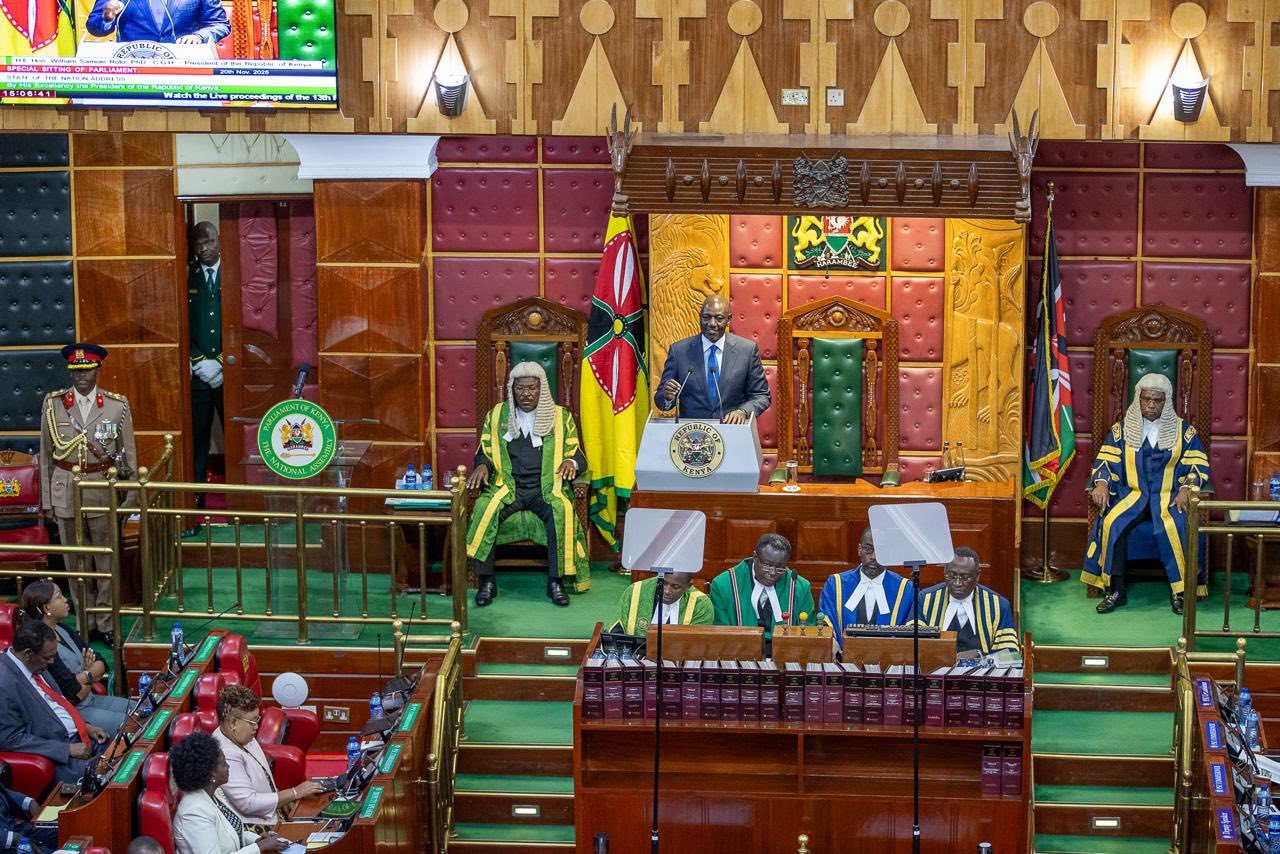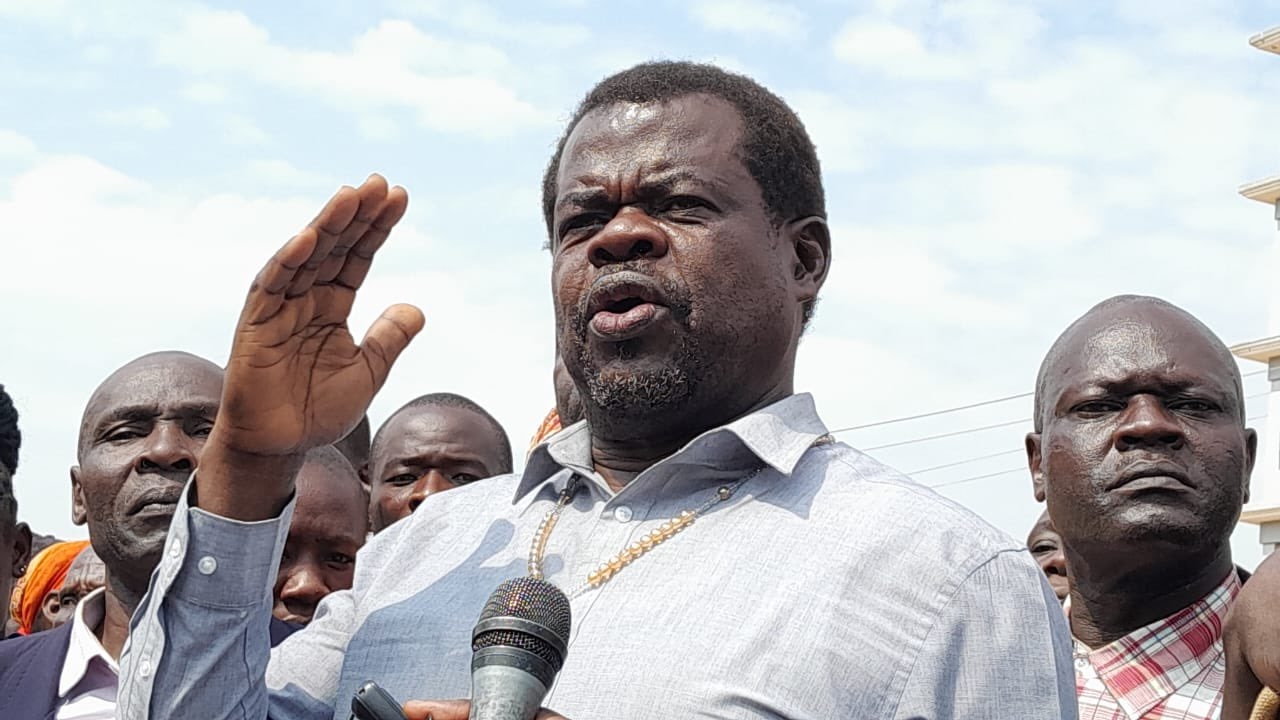The multibillion-shilling Lamu port, whose first three berths are now ready for commissioning, will be a game changer in East Africa’s maritime business, according to Kenya Ports Authority.
It will not only create direct employment for the local community but will also support indirect jobs in fisheries, logistics, transport and trade.
The new port will accommodate large cargo ships, which have a capacity to handle up to 8,000 TEUs and also improve ship turnaround time because of its size.
In 2014, KPA awarded the $478 million contract to China Communication Construction Company for the construction of the first three berths.
The port is being constructed under the Lamu Port South Sudan Ethiopia Transport (Lapsset corridor) project, which is the biggest infrastructure project in East Africa.
Lapsset includes a road, rail and pipeline corridor from northern Kenya to Ethiopia and South Sudan, according to the project’s designs.
Kenya is expected to benefit immensely from this trade route once the port becomes operational and the infrastructure is put in place.
Currently cargo destined for South Sudan’s capital Juba has to be transported for about 2,000km from the port of Mombasa, which takes between five and seven days, according to Kenya Transporters Association.
KTA chief executive officer Dennis Ombok said transporters with cargo destined for Juba prefer the Northern Corridor - which is Mombasa, Nairobi, Eldoret, Malaba, Uganda then South Sudan.
"You will find that route is almost 2,000km from Mombasa to Juba. You can take up to five days to travel from Mombasa to Juba through Uganda, but because of the restriction brought about by Covid-19 and border clearances, you might take about one week to finish your journey," said Ombok.
From Mombasa to Ethiopia through the Moyale border, it takes the transporters about three days, according to Ombok.
After the operationalisation of the Lamu port, the distance will be reduced to approximately 1,394km from Lamu to Nadapal on the Kenya-South Sudan border; hence the transporters will be saving on the cost of transportation.
Kenya is supposed to construct a 1,394km highway from Lamu-Garissa-Isiolo-Nadapal.
Another 1,178km route from Lamu to Moyale, through Garissa and Isiolo will also be constructed.
"The cost of doing business will definitely come down after completion of these roads linking Kenya to South Sudan and Ethiopia," said Ombok.
However, the Shippers Council of Kenya chief executive officer Gilbert Langat said the cost factor for cargo destined for South Sudan and Ethiopia will be determined after consideration of all market forces.
“It is still early to determine the cost of transporting cargo from Lamu port to, say, South Sudan. That will only be determined after all market forces are considered. However, if the inland infrastructure, which is road, rail and pipeline, are completed, the cost will definitely be lower compared to Mombasa and the facility more efficient to the region,” said Langat.
Langat said the 32-berth Lamu port is an important infrastructure in the Eastern African coastal ports. It will make Kenya a regional business hub.
Mombasa port, which has 21 berths, has a capacity to handle up to 2 million Total Equivalent Units annually, whereas Lamu’s first three berths will be able to handle 1.2 million TEUs and the capacity will increase to 20 million TEUs when the project is fully completed.
“It provides a major maritime link to the East African region because of geographical centralised position and natural depth of the port, with the capacity to develop up to 32 berths,” said Langat.
At Manda Bay, where the Lamu port is constructed, is a deep and wide channel, which provides easy access to large vessels with capacity of up to 8,0000 containers.
The port will have 400-metre-long berths along the six kilometre coastline and an oil terminal for loading and offloading of tankers.
So far, two giant shipping lines Maersk and Express have already shown interest to start using the Lamu port once operations begin in mid June.
Transporters, who are among the people to benefit more from the Lamu Port project because of the new roads that will be built connecting Lamu, South Sudan and Ethiopia, said they are ready for business.
On new business opportunities, Ombok said the transporters are happy with the new development.
“Transporters will always go where there is business. Therefore, after all infrastructure is in place, we will definitely move to Lamu,” said Ombok.
However, he said the national government will have to fix the issue of insecurity in Lamu, North Eastern and Northern region before transporters start using that route.
“The Lamu port targets South Sudan and Ethiopian markets through Moyale, Garissa and Mandera regions which are not very stable. We ask the government to fix that problem of insecurity as we prepare to set base in Lamu,” said Ombok.
KTA has a membership of 300 transporters and over 10,000 trucks on the Kenyan roads.
Majority of KTA members were greatly affected by the government decision to force all transit cargo, coming through the port of Mombasa, on the Standard Gauge Railway .
The opening of the Lamu Port will cushion those who were forced to cut down their business operations after the SGR started transporting cargo from Mombasa to Nairobi and Naivasha.
On Saturday, KPA began moving equipment and machinery to the Lamu Port ahead of the official commissioning by President Uhuru Kenyatta in mid June this year.
KPA has sub contracted Comarco, a leading marine and specialised contractor, with over 40 years’ experience, to move the equipment in two shipments from Mombasa to Lamu.
On the first shipment, they will be moving four terminal tractors, eight skeletal trailers, two forklifts, two low-bed trailers, four lateral mark buoys and assorted lifting equipment.
On May 5, KPA will transport the sensitive equipment that requires stability.
They will be loading two rubber-gantry cranes, one Kenya Revenue Authority scanner, two mobile cranes and other equipment needed for operation of the facility.
According to Ernest Mwalunya, a senior port official, the Lamu Port will ease congestion that is sometimes witnessed at the port of Mombasa.
“However, that port will not affect business in Mombasa port because it will be mainly for trans-shipment cargo. All trans-shipment cargo that was being handled at port of Mombasa will now be directed to Lamu Port,” said Mwalunya.
He said the project will definitely transform how maritime business is done in the region. In trans-shipment business, larger vessels drop the cargo, and then smaller vessels come to collect to transport to other regions.
“Lamu Port aims to make Kenya a regional transport hub,” said Mwalunya.
-Edited by SKanyara
















![[PHOTOS] Betty Bayo laid to rest in Kiambu](/_next/image?url=https%3A%2F%2Fcdn.radioafrica.digital%2Fimage%2F2025%2F11%2F3b166e2e-d964-4503-8096-6b954dee1bd0.jpg&w=3840&q=100)
